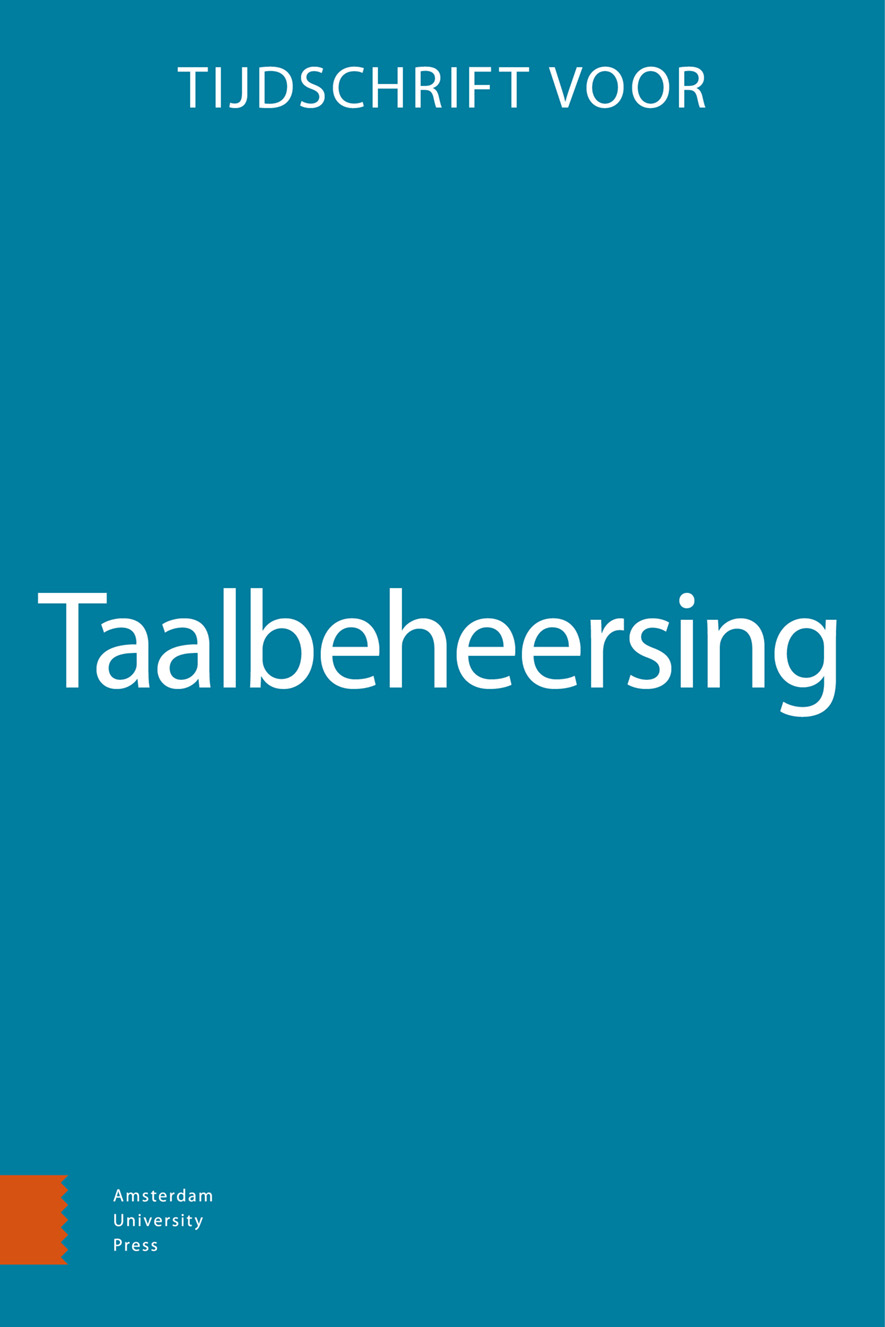-
oa Effecten van anti-rookboodschappen bij jongeren
Een conceptueel replicatieonderzoek
- Amsterdam University Press
- Source: Tijdschrift voor Taalbeheersing, Volume 41, Issue 1, Apr 2019, p. 315 - 328
-
- 01 Apr 2019
- Previous Article
- Table of Contents
- Next Article
Abstract
Impact of anti-smoking message on youth: A conceptual replication study
Based on an experiment with young Dutch smokers, Mollen, Engelen, Kessels, and Van den Putte (2017) advise the European Commission to reconsider the use of warning labels on cigarette packages. Participants in their study were students at institutes for higher education (N = 132). Their attitudes and behavioral intentions were found to be affected both by message framing and temporal discounting in the verbal anti-smoking messages they were presented with. Gain frames were more persuasive than loss frames, and short-term consequences were more persuasive than long-term consequences.
We performed a conceptual replication study in which we employed the same experimental design, followed the same procedure, and used similar anti-smoking messages. Other than in Mollen et al., however, both smokers (N = 129) and non-smokers (N = 173) participated, and the verbal messages were accompanied with matching visuals. Furthermore, participants were younger (M = 18.0 years) than in the original study (M = 22.4 years), and they were students at a lower educational level. We found none of the effects reported in the original study, neither for smokers nor for non-smokers. Therefore, our study does not support the advice from Mollen et al. (2017).


